https://www.youtube.com/watch?v=cyYa-c7T7ZQ
How to Harmonize Your Lead Guitar Solos
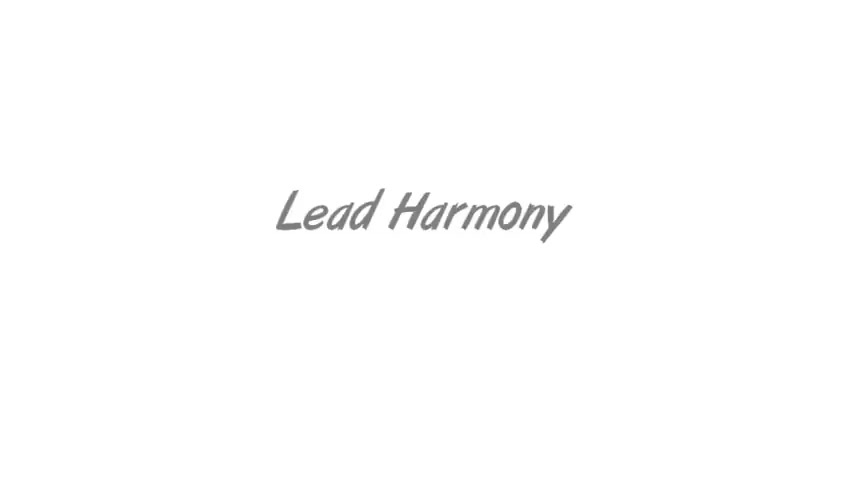
Lead playing doesn't always have to involve single note melodic runs .
You can introduce deeper harmonic expressions by playing around with two or three simultaneous notes over the chord sequence .
This lesson is about finding a suitable starting point for building your lead harmony and developing it around some common chord movements just as scales can form the melodic basis of your lead solos .
So too can scales be harmonized around their related chords ?
Most major key progressions you'll play along to will be built around the major scale .
The natural major key center that songwriters and composers tend to gravitate towards .
However , the method we're about to look at applies to any scale you might learn .
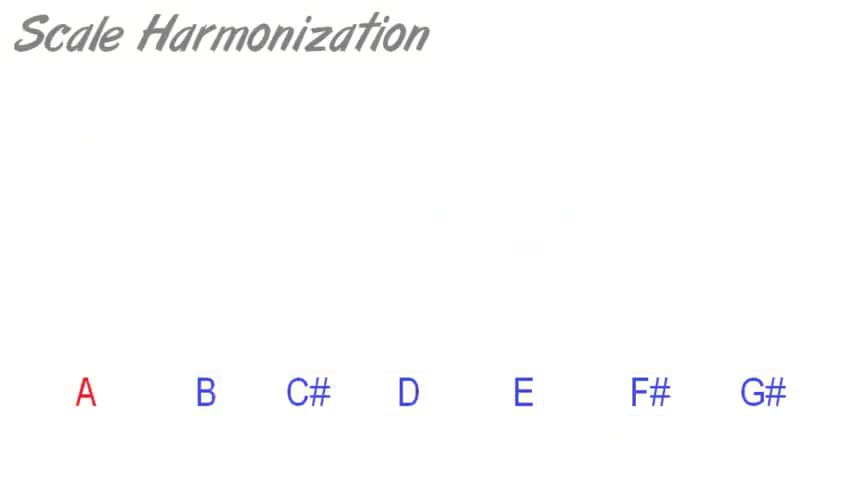
Let's say we were playing in the key of a major , the a major scale therefore would be our natural harmonic basis for this key .
Some major key songs will be based around major modes such as Mixolydian and Frigia dominant .
But it makes sense to start with the most commonly used scale to keep it simple .
We'll begin with a single tonic chord of a major .
We now need a pattern that will allow us to explore the harmonization of this .
A major scale here , I've taken the first two positions of the a major scale giving us a good neck range .
We're gonna start by working through the scale using two note pairings also known as double stops .
You can either pluck each pairing with your fingers or pick them together or in succession .
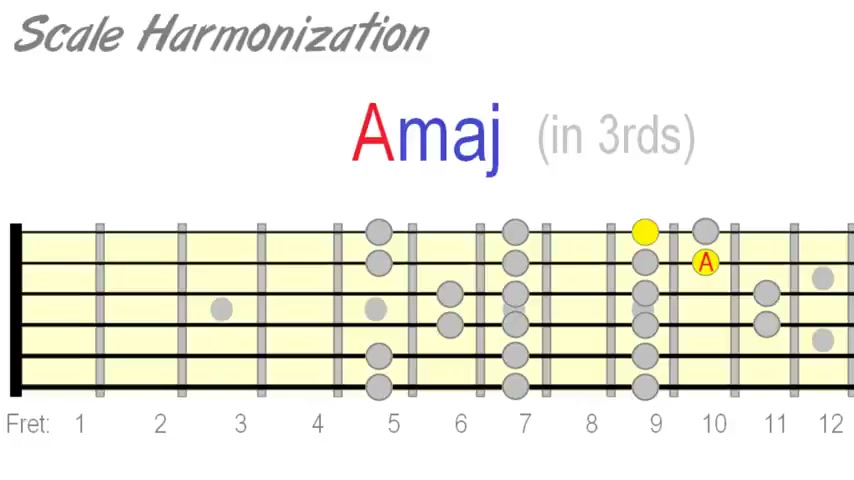
That's our basic harmonization of the scale in thirds so called , because we're either playing a major third or minor third interval between our two notes .
Once you're comfortable with the natural sequence , start moving around the sequence in a different order , try to pull out simple hooks and phrases .
As you explore the pattern .
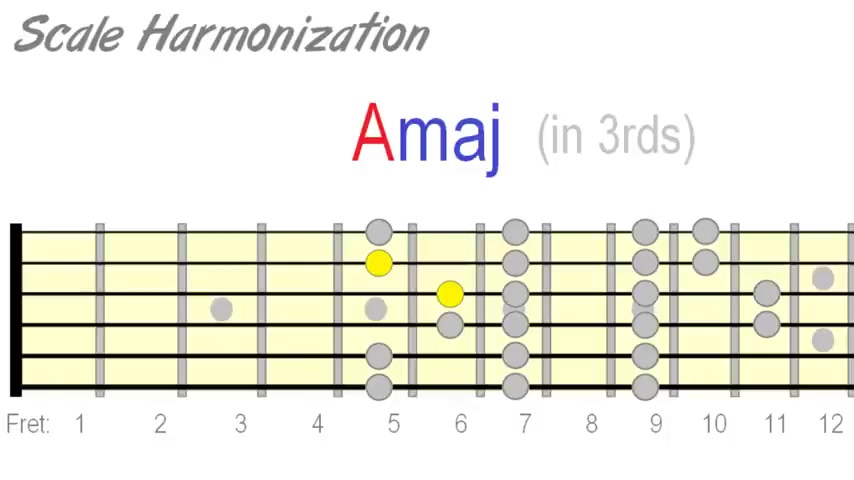
For example , you can also harmonize the scale in fourths or harmonize the scale in fifths .
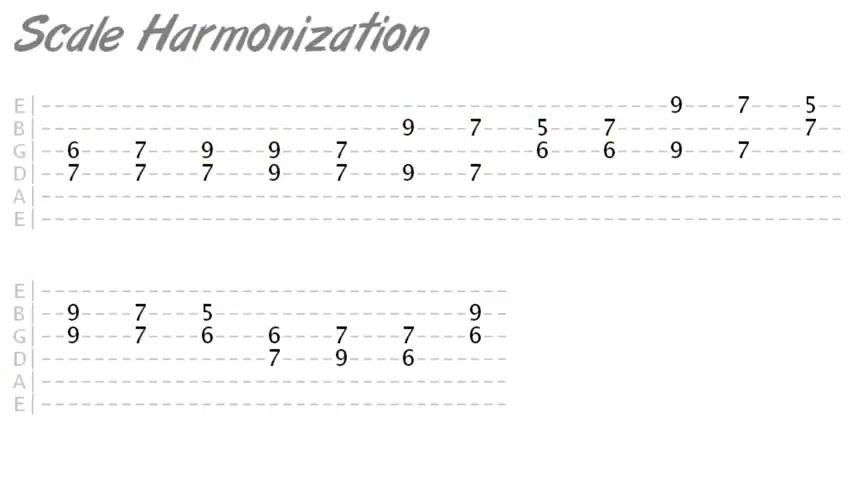
Finally try mixing your different harmonized pairings into phrases already , we're creating something that sounds musically intricate over a single chord .
You can practice these movements over the core tracks provided on the lesson page .
But if you're practicing in a major without accompaniment , simply use the A string as your drone bass note .
Remember , you can apply this method to any scale you might learn including minor scales for minor key songs .
OK .
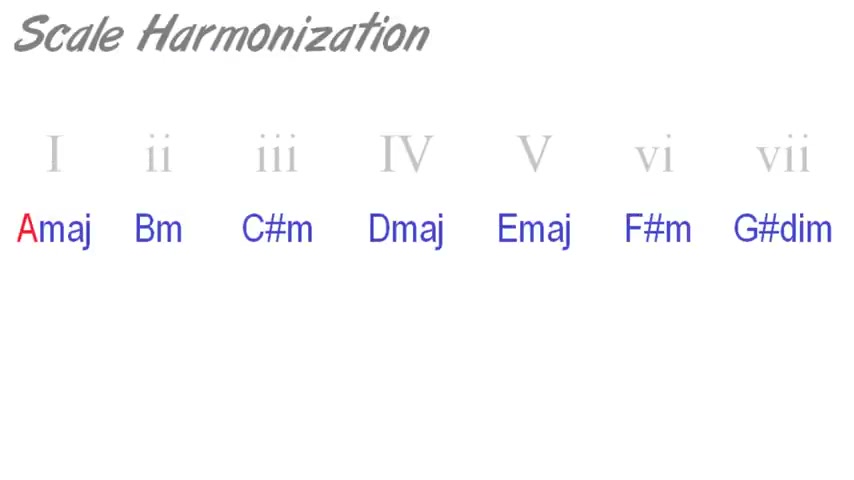
Let's now try and work our harmony around some simple chord changes staying in the queue of a major and therefore our a major scale , a common movement would be to the fore cord D major , try and work some movement through these changes .
Here's an example , another major key chord change would be to the two chord in a major that would be B minor .

You can find jam tracks for more of these chord changes including minor keys on the lesson page .
Take your time with this .
If you're writing a song , you have all the time in the world .
If you want to be able to improvise this stuff in the moment , however , you'll need to spend time working on how scales relate to different chord movements .
I'll be uploading lessons to help you with this in the future .
In the meantime , visit the lesson page for jam tracks and supplemental content .
Cheers .
Are you looking for a way to reach a wider audience and get more views on your videos?
Our innovative video to text transcribing service can help you do just that.
We provide accurate transcriptions of your videos along with visual content that will help you attract new viewers and keep them engaged. Plus, our data analytics and ad campaign tools can help you monetize your content and maximize your revenue.
Let's partner up and take your video content to the next level!
Contact us today to learn more.